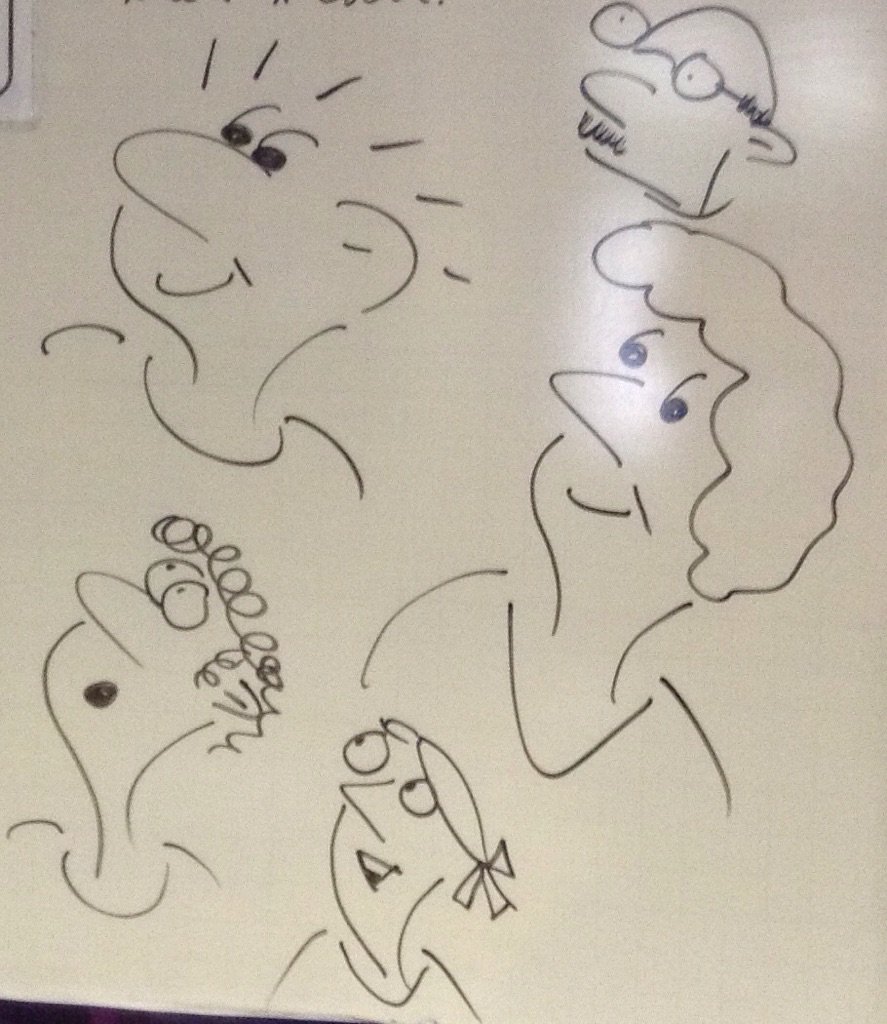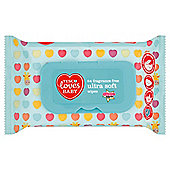In the past, we've used videos in assemblies. In the main, these have been courtesy of Assembly Tube (and some we've made ourselves too). If you've not already checked out that resource, we suggest you take a look. One of our favourites from Assembly Tube is The Impossible Dream assembly.
At the start of this month, our vice principal shared the following videos with us:
At the start, we showed the introduction of the first video, which showed people running in a silly way when asked to 'run like a girl'. This got a giggle from the mixed-gender audience and then we cut straight to this:
Chrissie Wellington being a real inspiration for us given her amazing achievements and, despite these, she is still relatively less well-known (we are always eager to do some Chrissie Wellington plugging). We discussed what an amazing athlete she is.
Then, because we are actually boys and feel that it is just as important that we get rid of stereotyping boys, we showed an extract from this video demonstrating Mad Chadd and his stunning dancing:
Rather sneakily we added this, in part, because we are both teaching dance next term and it allows us to demonstrate that it is not alright to say that dancing is "only for girls."
Moving on, we discussed how pernicious the phrase "like a girl" has become, both as an insult and, more worryingly, as a normal everyday comment. We also talked about how important it was to avoid other 'isms' through stereotyping and from this had a general discussion about moving forward with doing what people want.
Then, because we are actually boys and feel that it is just as important that we get rid of stereotyping boys, we showed an extract from this video demonstrating Mad Chadd and his stunning dancing:
Rather sneakily we added this, in part, because we are both teaching dance next term and it allows us to demonstrate that it is not alright to say that dancing is "only for girls."
Moving on, we discussed how pernicious the phrase "like a girl" has become, both as an insult and, more worryingly, as a normal everyday comment. We also talked about how important it was to avoid other 'isms' through stereotyping and from this had a general discussion about moving forward with doing what people want.
Personally, we felt the most important part of the assembly came at the end: we discussed not letting others limit us or even limiting ourselves because of generalities and stereotypes. We ended by asking the children to ask a simple question if they are told they are not allowed to do something because they are a boy or a girl: why not?






















